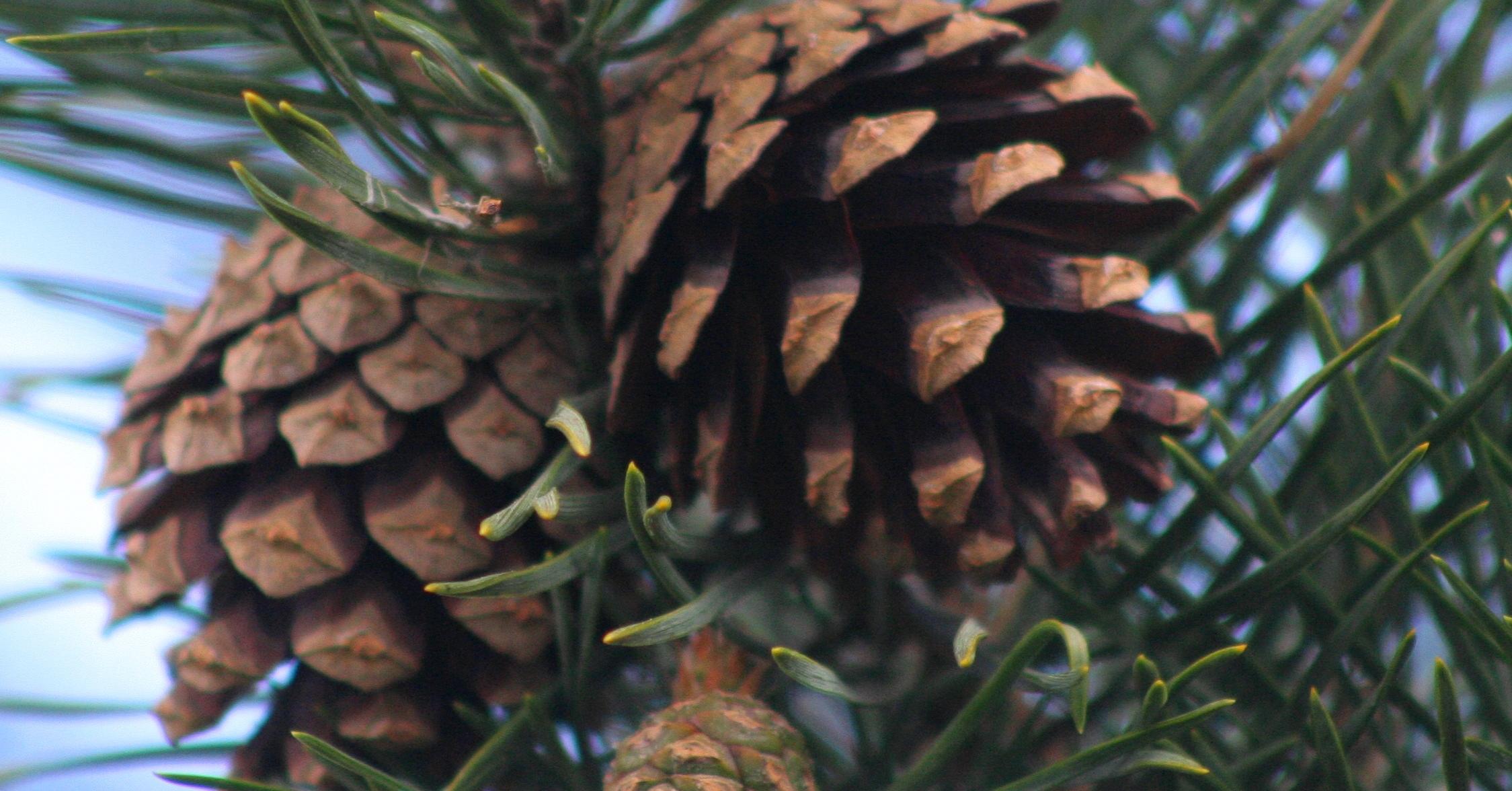Are you curious to know what is heterospory? You have come to the right place as I am going to tell you everything about heterospory in a very simple explanation. Without further discussion let’s begin to know what is heterospory?
Heterospory, a term rooted in plant biology, refers to a unique reproductive strategy employed by certain plants. In this detailed guide, we unravel the complexities of heterospory, exploring its definition, examples, significance, and its occurrence in specific plant groups, such as pteridophytes.
What Is Heterospory?
Heterospory is a reproductive mechanism in plants characterized by the production of two distinct types of spores—microspores and megaspores. These spores differ in size and ultimately give rise to distinct male and female gametophytes. This reproductive strategy contrasts with homospory, where only one type of spore is produced.
What Is Heterospory Class 11?
For students embarking on their journey into the world of biology at the Class 11 level, understanding heterospory is a key component of their curriculum. Heterospory introduces them to the diversity of reproductive strategies in plants, laying the foundation for more advanced studies in plant biology.
What Is Heterospory In Plants?
Heterospory is a phenomenon observed in certain groups of plants, and it plays a crucial role in their reproductive processes. In heterosporous plants, such as ferns and some seed plants, the production of microspores and megaspores facilitates the development of distinct male and female reproductive structures.
What Is Heterospory In Pteridophytes?
Pteridophytes, a group of vascular plants that includes ferns, exhibit heterospory. In these plants, microspores and megaspores are produced within specialized structures, leading to the formation of male and female gametophytes. Heterospory in pteridophytes contributes to their reproductive diversity.
Heterospory In Selaginella
Selaginella, a genus of spikemosses, provides a notable example of heterospory. In Selaginella, microspores and megaspores are produced in separate sporangia. The resulting male and female gametophytes contribute to the plant’s ability to reproduce through spores.
You can collect more information on Getdailytech.
Heterospory Diagram
A visual representation of heterospory can aid in understanding the intricate process. A heterospory diagram illustrates the production of microspores and megaspores, their subsequent development into gametophytes, and the overall reproductive sequence in heterosporous plants.
What Is Heterospory Example?
An exemplary instance of heterospory is observed in seed plants, where the production of pollen grains (microspores) and ovules (megaspores) is a fundamental aspect of their reproductive strategy. This example showcases how heterospory contributes to the reproductive success of diverse plant species.
What Is Heterospory Briefly? Comment On Its Significance?
In a nutshell, heterospory is a reproductive strategy involving the production of two distinct types of spores—microspores and megaspores. Its significance lies in the creation of male and female gametophytes, enhancing the efficiency and success of plant reproduction. By segregating male and female reproductive structures, heterospory promotes diversity and adaptability in plant populations.
Conclusion
In conclusion, heterospory is a captivating aspect of plant biology that underscores the diversity of reproductive strategies. From its occurrence in pteridophytes like Selaginella to its significance in seed plants, understanding heterospory provides valuable insights into the intricate world of plant reproduction. As students delve into the complexities of Class 11 biology, heterospory serves as a fascinating topic that unveils the wonders of plant life.
FAQ
Which Is Heterosporous?
Selaginella, Salvinia and Azolla are heterosporus and produce two different kinds of spores – macro (large) and micro (small) spores.
Which Plants Are Heterospory?
All seed plants, and some spore-dispersed plants, are heterosporous (Figure 2). They produce two different types of sporangia, resulting in the small microspores (sperm-producing) that develop to become microgametophytes and larger megaspores (egg-producing) that develop to form the megagametophytes.
What Are The Two Types Of Heterospory?
Heterospory i.e., the formation of two types of spores – microspores and megaspores is a characteristic feature in the life cycle of a few members of pteridophytes and all spermatophytes. Do you think heterospory has some evolutionary significance in the plant kingdom? Heterospory development occurs in situ embryos .
What Is Heterospory In Selaginella?
Selaginella is heterosporous, i.e. it produces two kinds of spores; microspores and megaspores. Spores are haploid and produced by meiosis in the spore mother cells. Spores germinate into male and female gametophytes. They are small but free-living, multicellular and photosynthetic.
I Have Covered All The Following Queries And Topics In The Above Article
What Is Heterospory Example
What Is Heterospory Briefly Comment On Its Significance
What Is Heterospory Class 11
What Is Heterospory In Plants
What Is Heterospory In Pteridophytes
Heterospory In Selaginella
Heterospory Diagram
What Is Heterospory










